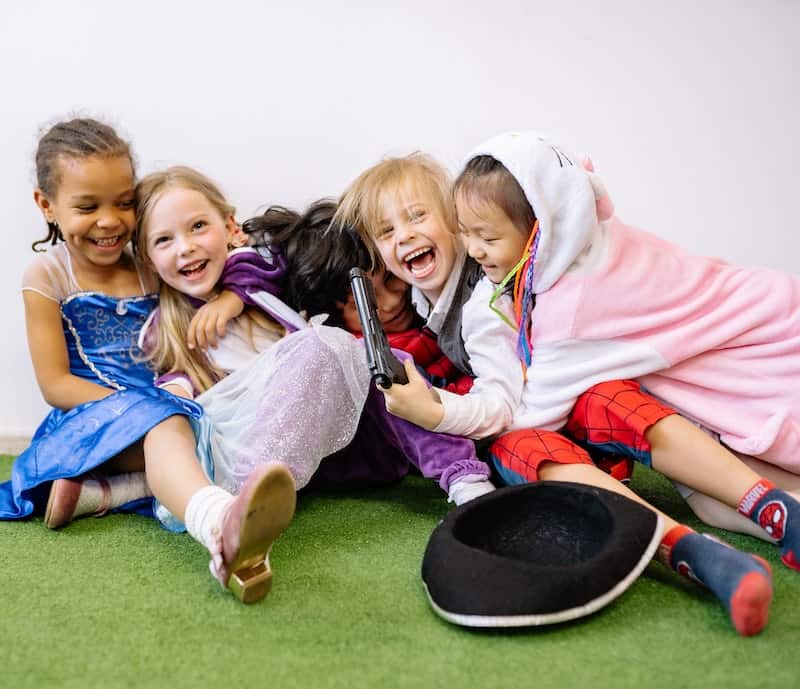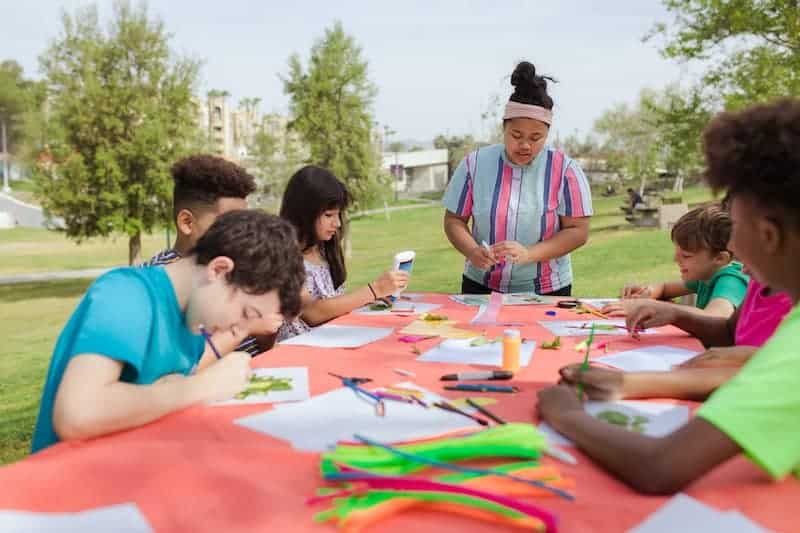The phrases “tolerance” and “acceptance” are often used to talk about diversity. Sometimes, they are seen as words in posters around classrooms. Other times, their words are echoed in assembly rooms. However, teaching diversity requires meaningful, planned activities and discussions. There also needs to be a clear distinction between both words. Sometimes they are used interchangeably to mean the same thing. However, these words have their own unique meaning.
Diversity is defined as differences in race, ethnicity, sexual orientation, political beliefs, physical abilities, and more (CUNY). There is a philosophical divide on whether to tolerate or accept diversity.
In this article, we explore the difference between acceptance vs tolerance. Next, we include 10 fun ways to teach diversity concepts.
Acceptance vs Tolerance
There are significant differences between acceptance and tolerance. Let’s explore:
Tolerance
Tolerance is the “level of ability that someone has to recognize and respect other values and differences” (Psychology Today). This includes restraining oneself from negative expressions or opinions about people who are different. However, the word “tolerate” means to put up with something that is possibly painful, harmful, or is simply not wanted (Psychology Today). Consequently, it means something that must be endured. When we consider the root of this definition, we must consider the underlying implications.
Acceptance
Acceptance of diversity means to respect other people’s differences and backgrounds. Similarly, it means recognizing individual differences (CUNY). These differences can include race, ethnicity, gender, sexual orientation, religion, and much more. While tolerance simply endures people that are different, acceptance moves past that and promotes an environment of equity, mutual respect, and appreciation. Acceptance also encourages others to see people as individuals versus groups of people.
Which one is better?

When it comes to tolerance vs acceptance, acceptance is the better concept to understand and apply. Anyone can tolerate another person or group of people. It’s acceptance that lets us see diversity as an asset, not a threat. When we strive for acceptance, we also strive for equality and mutual respect.
Best Ways to Teach Diversity
Some of the best ways to teach diversity are through activities. Here are 10 activities, grouped by age, that students can enjoy.
Elementary
- Listen to songs in different languages. Some of them can include nursery rhymes or fun learning songs. If the song is different from one they know, include lyrics so they can follow along. You can even teach your students a new song to sing to their families!
- Have students put together a world map puzzle in groups or as a whole-group activity. Discuss how big the world is, landmarks, and geography. (Naturespath).
- Make multicultural crafts like those listed here.
- Use online courses to supplement learning. Soul Shoppe’s Respect Differences course teaches elementary students how to appreciate the things that make us different and unique.
Middle School
- Go out and experience a local ethnic restaurant.
- Have students write to a pen pal abroad (penpalworld.com).
- Listen to multicultural music as students journal, or have a mini dance party. (Naturespath).
- Go on a field trip to a local museum to learn about different cultures.
High School

- Take students to a local cultural festival.
- Have students read books on other cultures.
- Have students cook foods from their own culture or different cultures and share dishes. (Be sure to offer resources for those who need them.)
There are many activities for kids that embrace diversity. Click for more activities for younger students and students of all ages.
Conclusion
It’s important to teach students to do more than tolerate diversity. Being accepting and striving to understand other cultures is an important part of childhood emotional development. Furthermore, it helps create a culture of inclusion where students of different backgrounds can reach their full potential. It is important for educators and caregivers to help children learn these skills.
Soul Shoppe has social emotional learning programs dedicated to the mission of creating safe learning environments. Soul Shoppe helps schools, parents, and businesses teach empathy, emotional literacy, conflict resolution, and more.
You May Also Like:
Virtual Social Emotional Learning Activities
Teaching Children About Diversity
Sources:


